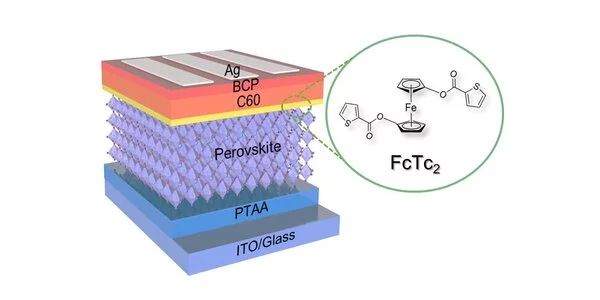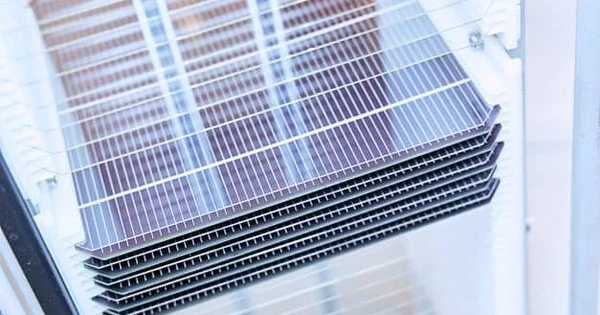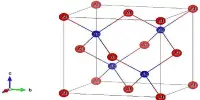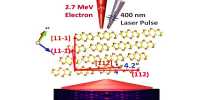Thanks to materials developed at Imperial College London, new solar cell devices that are less expensive and easier to manufacture may soon reach the market. Traditional solar cells are made of silicon, which has high efficiency and stability but is relatively expensive to produce and can only be used in rigid panels.
Perovskite solar cells are a fascinating alternative because they can be printed with inks, making them low cost, high efficiency, thin, lightweight, and flexible. They have, however, lagged behind silicon solar cells in terms of efficiency and, more importantly, stability, breaking down under normal environmental conditions.
New metal-containing materials known as ferrocenes may be able to help with these issues. City University of Hong Kong (CityU) researchers improved the efficiency and stability of perovskite solar cells by incorporating Imperial-made ferrocenes. The findings were published in the journal Science today.
“Silicon cells are efficient but expensive,” said co-lead author Professor Nicholas Long of Imperial’s Department of Chemistry. “We urgently need new solar energy devices to accelerate the transition to renewable energy.” Solar energy could eventually be used in more applications, from powering the developing world to charging a new generation of wearable devices, thanks to stable and efficient perovskite cells.
We are the first team to successfully boost the inverted perovskite solar cell to a record-high efficiency of 25% and pass the stability test set by the International Electrotechnical Commission.
Dr Zonglong Zhu
“Our collaboration with colleagues in Hong Kong was beautifully serendipitous, arising after I gave a talk about new ferrocene compounds and met Dr Zonglong Zhu from CityU, who asked me to send over some samples. Within a few months, the CityU team told us the results were exciting, and asked us to send more samples, beginning a research program that has resulted in perovskite devices that are both more efficient and more stable.”
The power of ferrocenes
The ‘light-harvesting’ layer of solar cell devices is made of perovskite. These devices, however, have been less efficient at converting solar energy into electricity than silicon-based solar cells, primarily because the electrons are less’mobile,’ or less able to move from the harvesting layer to the electricity conversion layers.
Ferrocenes are compounds that contain iron in the center and are sandwiched by carbon rings. The unique structure of ferrocene was first recognized in 1952 by Imperial’s own Nobel Prize-winner Professor Geoffrey Wilkinson, and ferrocenes are still being researched for their unique properties around the world today.

One property of their structure is excellent electron richness, which allows electrons to move more easily from the perovskite layer to subsequent layers, improving the efficiency of converting solar energy to electricity.
Tests conducted by the CityU team and in commercial labs show that the efficiency of perovskite devices with an added ferrocene layer can reach 25%, approaching the efficiency of traditional silicon cells.
Two birds with one stone
However, this isn’t the only issue that ferrocene-based materials solved. The Imperial team has been experimenting with attaching various chemical groups to the carbon rings of ferrocene, and after sending several versions of these to the Hong Kong team, made by PhD student Stephanie Sheppard, the collaborators discovered a version that significantly improves the attachment of the perovskite layers to the rest of the device.
This increased attachment power improved the devices’ stability, allowing them to retain more than 98 percent of their initial efficiency after 1,500 hours of continuous operation at maximum power. The addition of a ferrocene layer improves the efficiency and stability of these perovskite devices, bringing them closer to current international standards for traditional silicon cells.
“We are the first team to successfully boost the inverted perovskite solar cell to a record-high efficiency of 25% and pass the stability test set by the International Electrotechnical Commission,” said CityU lead researcher Dr Zonglong Zhu.
The team has patented their design and hopes to license it in order to bring perovskite devices to market. Meanwhile, they are experimenting with various ferrocene designs in order to improve the performance and stability of the devices.















